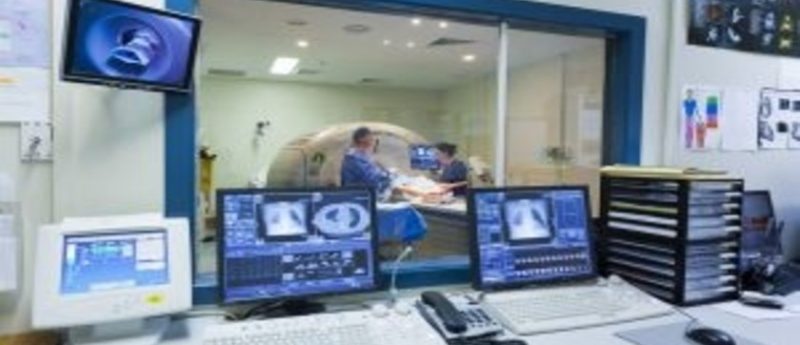Over- and under-estimating the value of screening mammography

There has been a recent flurry of publications stressing the shortcomings or risks of undergoing routine screening mammography [1–4]. Other recent papers have offered counter-arguments, praising the merits of mammography [5–8]. The resulting war of ideas is confusing.
Those critical of the historical value given to mammography emphasize two important concepts: mammography causes more harms than had been acknowledged and contributes less benefits than had been alleged. The usual stated harms of mammography include: overdiagnosis, false-positive tests, unnecessary biopsies, psychological or physical distress and increased costs. In addition to harms, those who are critical of claims that mammography saves lives, stress the importance of modern cancer therapies in decreasing disease-specific deaths. In addition, the recommended intervals for screening have been lengthened citing an improvement in cost without significant reduction in death benefit. Claims have been made that mammography’s goal in finding small cancers may not be that important.
Those who propose that the benefits of mammography outweigh the negative aspects usually comment on improvements in mammography technology and in standardized reading. They note physical and psychological distress of the exam and follow-up is overstated and the true costs of missing early curable cancers and of missing smaller more easily treatable cancers are considerable.
Click here to view full article.



